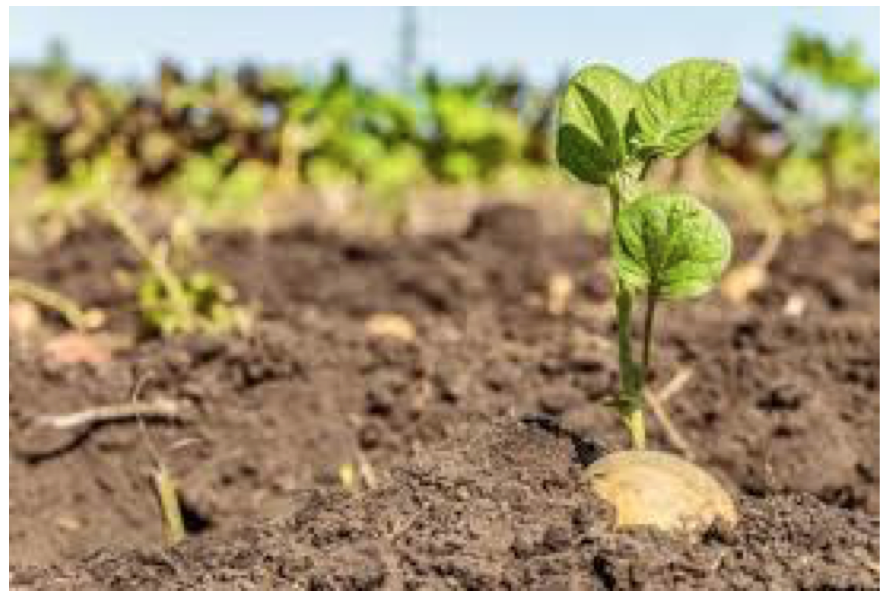Get Planting Those Potatoes
20th March 2019

You can’t have a vegetable garden without our famous potatoes having a
prime spot. Spuds can be grown almost anywhere and produce a high volume
from a small space.
If you have not planted potatoes before well then you’re in for a treat. We
have put together a list of things you need to know before you start sowing
your crop.
– There are two types of potatoes – Earlies, and Maincrop
– Earlies grow quickly and have hardly any skin and are usually the first
to arrive out of the soil. This type of potato produces small crops and are
usually out of the soil before blight arrives.
– Maincrop takes twice as long to mature and they produce a large crop.
They produce thick skin but unfortunately they are more vulnerable to blight, as
they are in the ground during the summer months when blight conditions prevail.
Once you know which type of potato you will grow, you have the tasks of
choosing the variety of potato to grow. The list here is endless but we
have selected our top six.
– Rooster (Maincrop)
– Kerrs Pink ( Maincrop)
– Maris Piper ( Maincrop)
– Sarpo Mira ( Blight resistant)
– Colleen ( Early Crop)
– Aaran Pilot ( Early Crop)
Sowing
Once you have chosen the seeds it’s time to get prepping. The soil in which
you are planting must be fertile soil with added farm yard manure or
compost. Sow earlies mid March in single rows, 15cm deep, 25cm apart and we
suggest 45cm between rows. Main crop spuds are sown in late April.
Top Tip:
It is vitally important to rotate your crop, as they are susceptible to
disease if grown in the same ground year on year.
It’s important to note, potatoes require “earthing up” – this is a process
of covering the stem with soil. It may feel odd to cover the new growth but
it has a number of benefits.
– If you’ve planted “earlies” keep an eye out for frost as the early shoots
can easily be damaged, earth up to protect.
– As potatoes grow they will push through the soil and become exposed to
light turning them green. (Green potatoes are poisonous)
– You should “earth up” when the stem is about 20cm high
– Repeat this process once or twice particular if you see spuds popping up through the soil
Harvesting
Check earlies in mid June. Earlies are usually ready about 14 weeks after
sowing. Maincrops take up to 18 weeks. We would suggest leaving your
earlies in the ground and dig up as required, as they don’t store well.
Maincrop can store well, so its best to lift these when they are done and
store in sacks in October / November.
Top Tip:
Be sure to remove all spuds from the ground because if left in the soil
they will sprout next year, causing problems for the crops that are planted
there.
For more information call into your local Expert Hardware store.
ASK THE EXPERTS, WE KNOW!
